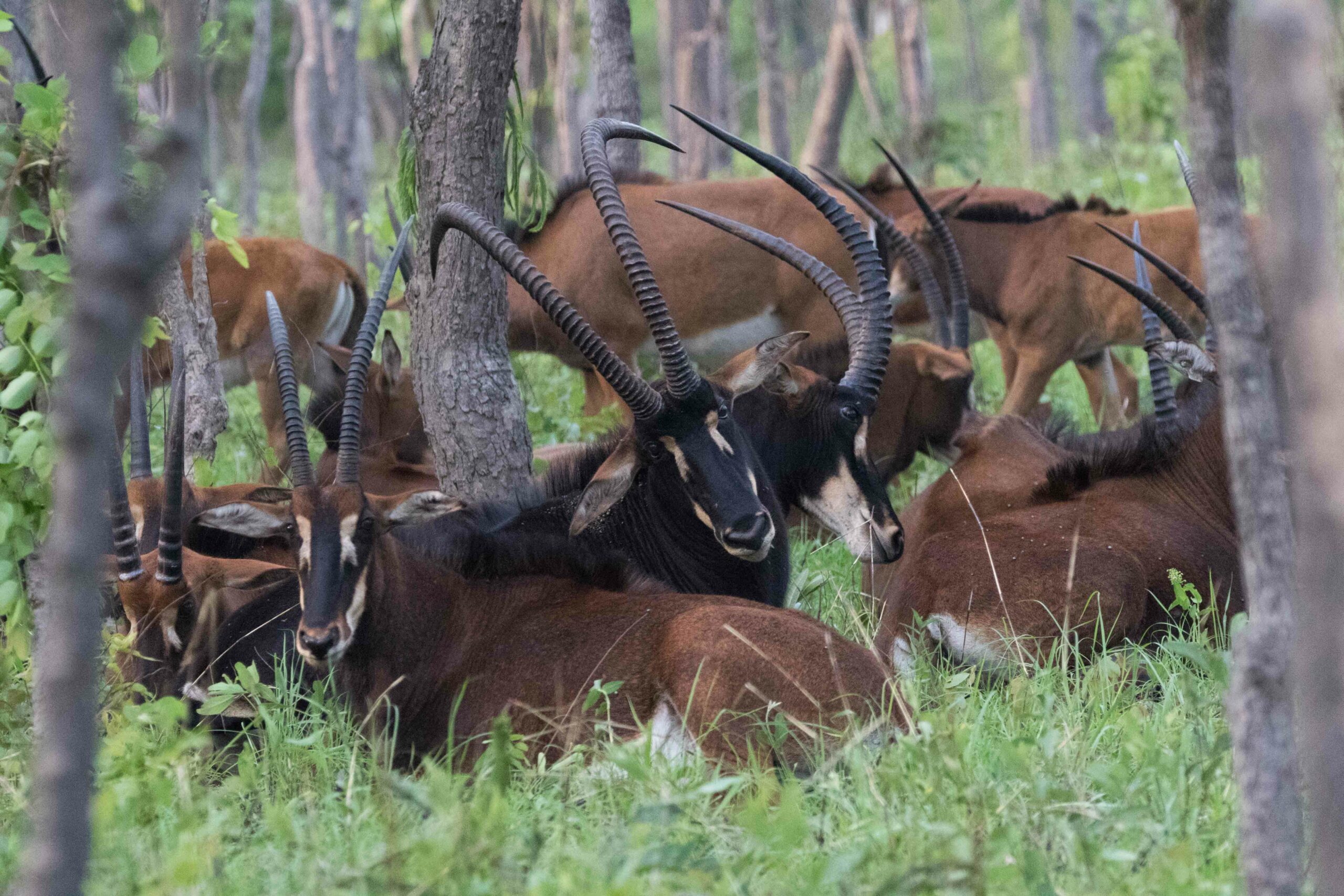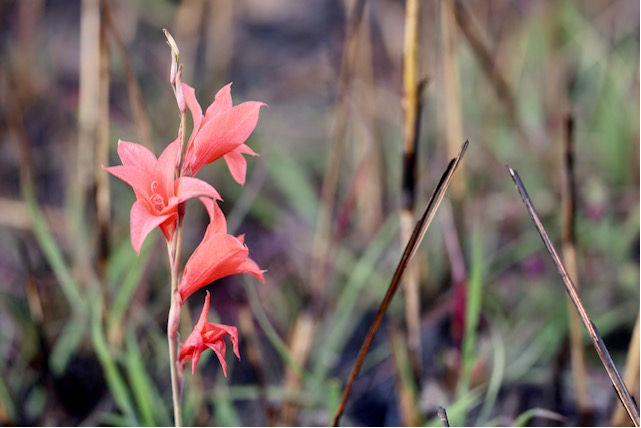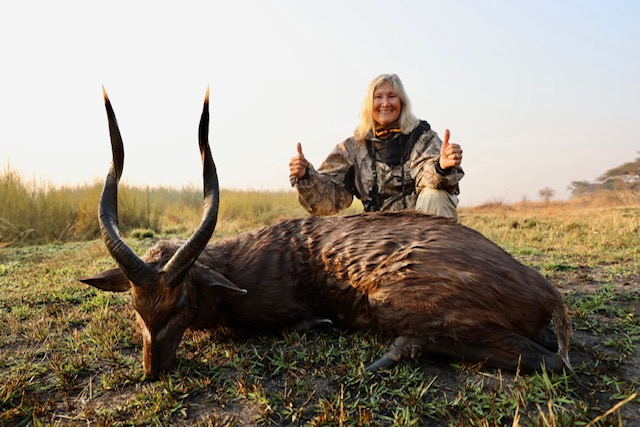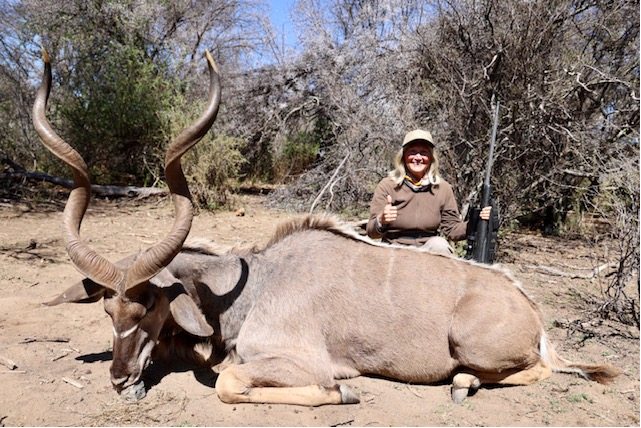As mentioned earlier, we also lost a fourth female collar, but this one under the most nefarious circumstances. Julia, until then a young and healthy seven-year-old female was the victim of poaching. By interpreting the remote data retrieved from the satellite collars, we were able to almost see the drama unfolding early in September.
Julia moved into the Luando floodplain with the rest of her herd to drink, and soon after the other collared female returned to the woodland while Julia remained stationary. The following day the collar was not transmitting. The pattern was highly suspicious and we immediately tried to send the alarm to the rangers.
Unfortunately, we faced a few communication issues and, due to the remoteness of the area, it took another 48 hours for the ranger team to arrive on the site to check. By then it was already too late! Julia had been killed and the poachers had already left the scene.
When poachers kill a large antelope such as a sable, they face two immediate problems:
1) They know they have killed a highly valuable and protected species, so they need to be extra careful; and
2) to be able to process such a large animal they have two options. Either they move away from the reserve quickly while taking whole fresh carcass – which is quite risky as they can be seen by villagers so this is only possible if they are relatively close to the border; or they smoke the meat on a nearby camp, an activity that may take them at least a few days during which they will also be vulnerable. In the past, we have often come across the “smoking” camps, and if this was the case with Julia, we would have arrived in time to intercept the poachers.
Unfortunately, Julia had been poached right next to the Luando river, making it relatively easy for the poachers to get away by crossing the river into safety within a few hours. These poachers were actually quite efficient and made an almost clean job at hiding all the evidence of what had happened – we would never have figured it out if it wasn’t for the remote tracking.
The first thing they did was destroy the collar, which was enough for us to realize that something bad had happened, but limited our understanding of the scene and suggests that the poachers knew, or suspected, that the collar could be compromising for them. Then, they tried very hard to clean up the scene, covering all signs of traps and removing any evidence that could suggest a sable had died there.
When the ranger team first arrived at the crime scene, they found nothing suspicious and had to double re-check the GPS data and conducted a more thorough investigation only upon our insistence. Eventually, they did find the half-hidden holes where eight gin traps had been strategically placed around the water hole.
Furthermore, the rangers were curious to note that more bees were swarming on a certain nearby patch of dry grass rather than at the water, and under that grass, they found a pool of blood, a sable horn tip, and some tiny bone fragments.
This was the final piece of evidence and revealed the likely spot where the poor female went while struggling, breaking the horn tip, and the bone fragments must have been splinters from a fractured leg. Nothing else was found, and the collar is still missing, it must have been destroyed and either thrown into the river or buried.
The incident is still under investigation, but realistically we may never find the culprits. This, of course, illustrates what the most direct threat to the survival of giant sable is. We collared 10 females and lost a young one to poachers within six months. It’s not a good sign. Throughout the year, the rangers also detained several poachers and confiscated a good number of snares and weapons. Let’s hope 2023 will unfold more in our favor in Luando.
Cangandala National Park


















































